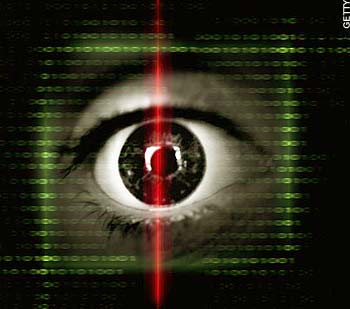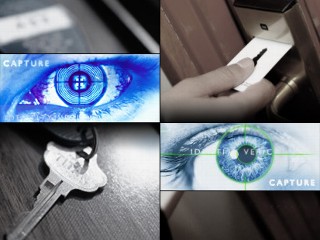
IRIS SCANNING TECHNOLOGY
Get ready for “Big Brother” multiplied by 100. Eye/Iris scans are on the way.
Biometrics R&D firm Global Rainmakers Inc. (GRI) has announced that it will be rolling out iris scanning technology in an attempt to create what it calls “the most secure city in the world.” A partnership between GRI and the city of Leon in Mexico has been established, with the promise that eye-scanners will help law enforcement revolutionize the way we live.
“In the future, whether it’s entering your home, opening your car, entering your workspace, getting a pharmacy prescription refilled, or having your medical records pulled up, everything will come off that unique key that is your iris,” says Jeff Carter of Global Rainmakers. “There’s a lot of convenience to this. You’ll have nothing to carry except your eyes,” Carter added, claiming that consumers will no longer be carded at bars and liquor stores. “Every person, place, and thing on this planet will be connected [to the iris system] within the next 10 years.”
The city of Leon in Mexico is already creating a database of irises as the first step. Criminals will automatically have their irises scanned once convicted. But law-abiding citizens will have the option to opt-in or not. When a resident catches a bus or train, or withdraw money from an ATM, they will scan their irises versus swiping a transit or bank card. Police officers will monitor these scans and track the movements of certain watch-listed individuals. “Fraud, which is a $50 billion problem, will be completely eradicated,” says Carter. “If you’ve been convicted of a crime, in essence, this will act as a digital scarlet letter. If you’re a known shoplifter, for example, you won’t be able to go into a store without being flagged. For others, boarding a plane will be impossible. Not even a “dead eyeball” will be able to trick the system.”
GRI’s scanning devices are currently being installed into law enforcement facilities, security check-points, police stations, and detention areas in the Mexico trial city. Phase II will be rolled out within 3 years, and installed in mass transit, medical centers and banks, and other public and private commercial locations.








